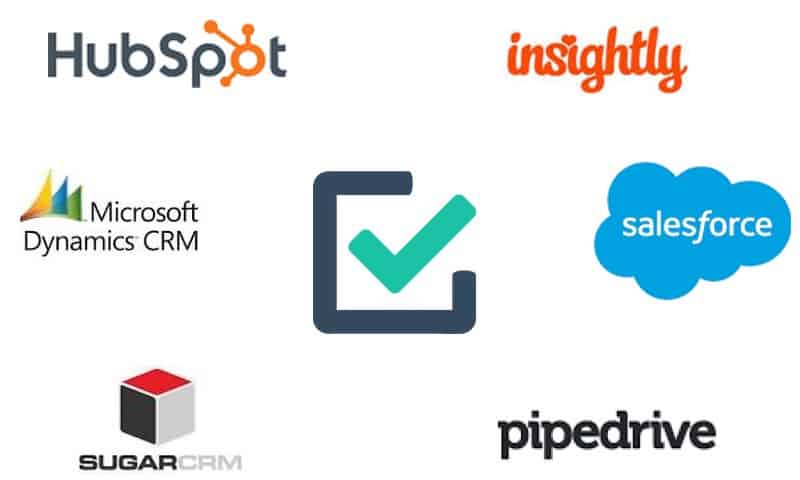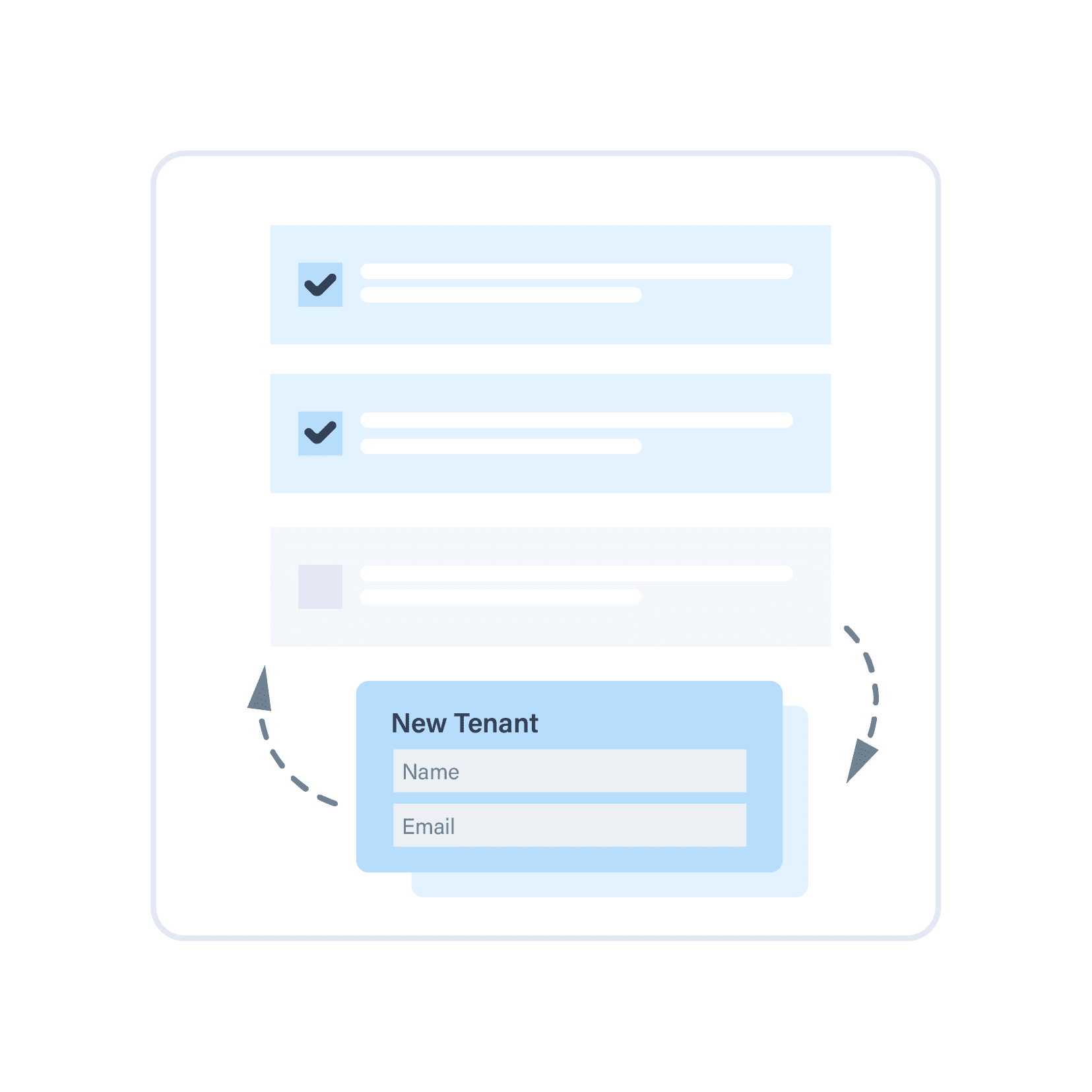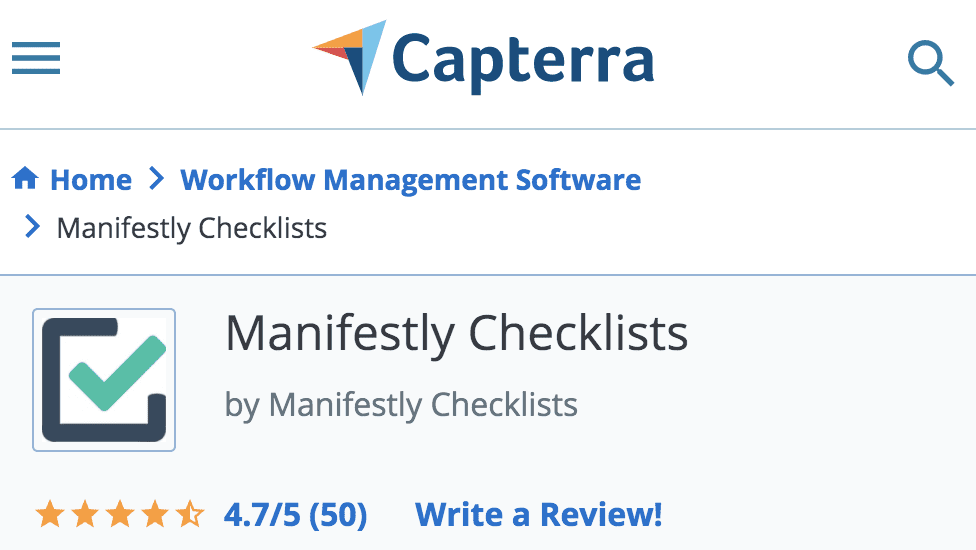What is Business Process Standardization?
Business process standardization also referred to as Business Process Management (BPM) is the process of making processes repeatable and predictable. This is done through a process of identification, documentation, standardization, and then automation.
For fast growing businesses, standardizing processes has been proven to increase efficiency, improve quality, attract great talent, and reduce costs. In this guide we will provide resources for you to become a process standardization expert.
Why is it Important to Standardize Processes?
For many rapidly growing businesses, processes are usually “organically” developed over time, with no real structured process or method in place to develop them. The first step to process improvement is process standardization and documentation. It’s difficult to improve on a process without the process being known, agreed on, and documented. Non-standard processes are often done differently by different people and this causes quality and productivity issues.
The Benefits of Process Standardization
Process standardization benefits include:
-
Quality
Standardization helps to improve the quality of a process by ensuring that all the steps are completed correctly. This means that there is less chance of errors occurring in the process, which in turn means fewer mistakes and more happy customers! -
Productivity
Standardized processes can enable more automation and reduce waste by ensuring everyone knows what do do and the person responsible. -
Cost savings
By standardizing processes across departments or locations within a company, you’ll be able to reduce costs associated with training new employees because they will already know how everything works from their previous roles elsewhere (i .e., no need for new training). Plus this should result in better workflows too so things get done faster…or just as fast? Either way it’ll save money. -
Waste reduction
You’ll also find yourself saving money through reduced waste caused by confusion over how certain tasks should be performed when there isn’t any formalized guidance available; this could lead them doing unnecessary things instead of just sticking strictly with what has been written down beforehand. -
Reduces risk from employee turnover
Ensuring that process knowledge does not “walk out the building” when staff leave or change jobs. -
Increases employee satisfaction
While a poorly implemented process standardization project can irritate and demoralize staff, a well functioning organization with dependable processes is more enjoyable to work within. Standardized processes with known steps can improve employee satisfaction. -
Automation
The first step toward automation is documentation and standardization. Even though complex processes can’t be fully automated, many simple steps in an otherwise complex process can be automated through the use of computer programs and software such as Manifestly. By automating these simple steps, businesses can reduce costs and improve quality of the overall process.
What is Business Process Management (BPM)?
Business Process Management (BPM) is a set of processes that can be used to improve the efficiency of business operations. The term “process” is used to describe any activity or set of activities, including human-to-human and human-to-computer interactions. Each process has a specific purpose and outcome; for example, when you call the IRS customer service line, you are participating in a process with a goal of solving your tax problem quickly and easily.
Processes are generally defined by standard practices within an organization or industry that help people do their jobs better. For example, every time you use Manifestly Checklists to complete some tasks, there’s at least one process in place — maybe more than one! BPM involves thinking about these processes and how they can be improved through automation or other means so that tasks become easier to complete over time.
How do you Standardize Processes?
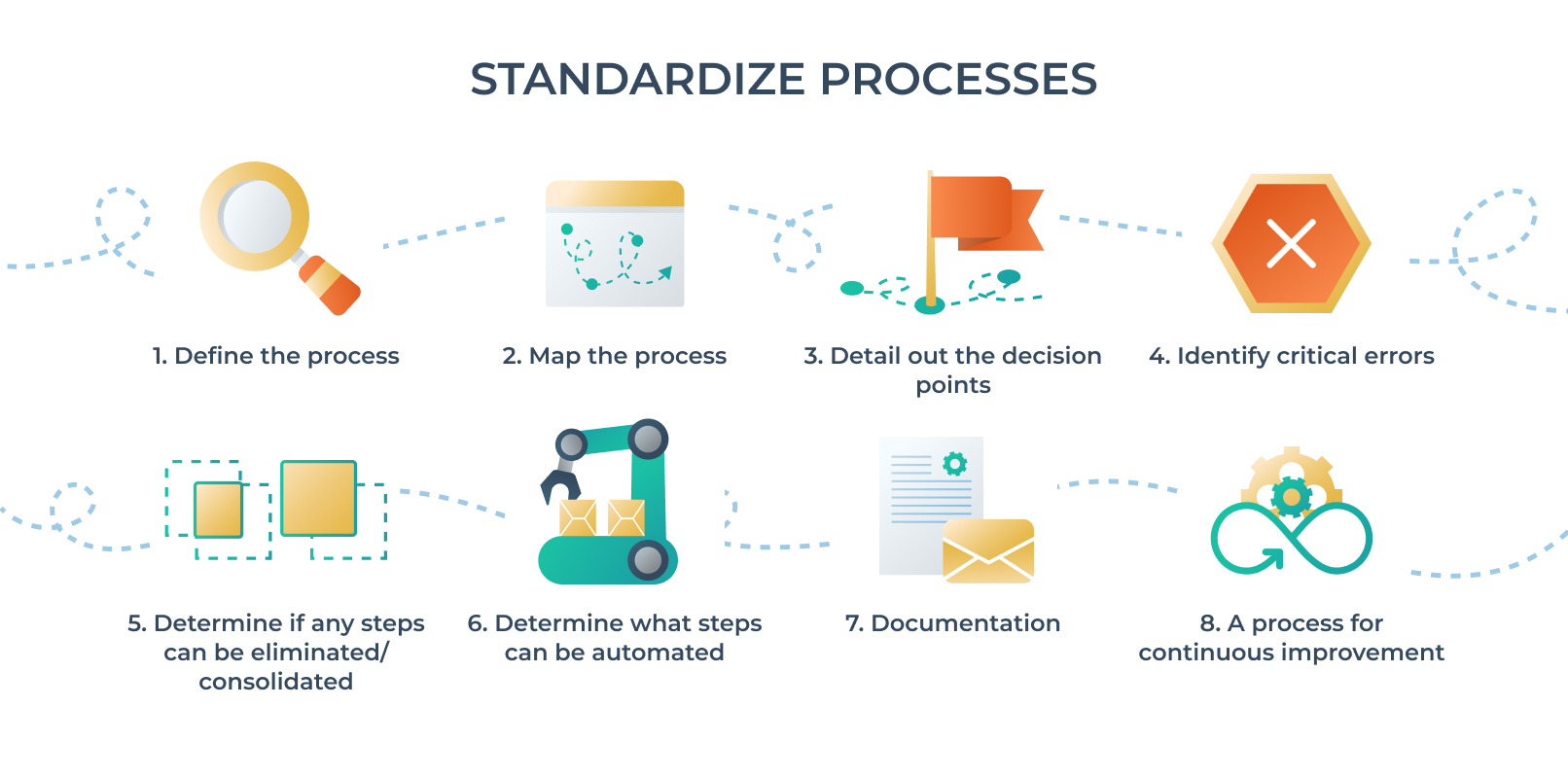
It is important to involve more people in this process, both the people who do the process on a daily/weekly basis as well as the “suppliers” of inputs into the process and “customers” of the outputs of the process.
-
Define the process
From a high level and include inputs and outputs. For example, in property management a standard process is for when a Tenant is moving into an apartment. -
Map the process
Process mapping is an excellent tool for defining processes. It can be used to show the order of tasks, decision points and exceptions. Process mapping is a great way to start thinking about how you can standardize processes in your company. -
Detail out the decision points
Decision points (with Manifestly, using workflow conditional logic) is when there are multiple options to choose from and some of those options have additional steps. For example, when a tenant submits an application, there may be several fields that need to be filled out in order to move forward with the process. Some applications will require a credit check and others will not. The decision point is whether or not to run the credit check based on what you know about the tenant from their application. -
Identify critical errors
In every process, some errors are small, yet other errors can be consequential. Identify and prioritize the errors that are most likely to cause significant problems in your process. This will help you decide how to handle them and what types of alerts or notifications you want to send users when they occur. -
Determine if any steps can be eliminated/consolidated
During this process, you might find steps that can be eliminated due to redundancy or that can be consolidated into another step. This will help you reduce the overall number of steps in your process and make it more efficient. -
Determine what steps can be automated
Automating certain steps in your process can help you save time and reduce errors. You might be able to automate a step that is currently manual or semi-automated, such as sending out emails or text messages. (Manifestly has web hooks and an API to help automating steps, see below.) -
Documentation
When documenting a process, it’s important to focus on inputs, outputs, decision points, and responsibilities. Inputs are the things you need to complete a task. The output is what you get after completing the process step, such as a report or email. Decision points are places where you can choose which direction to go next in your process. For example, if an email needs to be sent but it’s not clear who will send it out, that’s a decision point. Responsibilities are people who are responsible for each step or decision point in your system—and they should be held accountable if something goes wrong. -
A process for continuous improvement
When standardizing processes, it is important to not target a final product. What you are setting up is a process of ongoing continuous improvement. The reason for this is that business conditions change, new technologies become available and employees figure out better ways of doing things. (Manifestly has a built-in process improvement feature, see below.)
The Relationship Between Process Standardization and Process Automation
Automation is a key component of standardization because it allows machines to do the work of humans, which frees up time and resources and reduces human error. Standardization helps automation in several ways:
- Standardized processes are easier to automate because they’re less likely to contain human errors, meaning that machines can work with them more consistently.
- When you standardize a process, you’re able to see how long it takes for this process to be completed by humans. This means that when automating this process, you can create an algorithm based on the average completion time. This will help ensure that your automated system continues running smoothly long term.
- Because standardization makes processes easier for machines to understand and perform consistently, there is less need for human intervention during these tasks—and thus fewer opportunities for mistakes or other complications (like delays) from occurring within them.
Barriers to Process Standardization
The following are common barriers to process standardization:
-
Lack of understanding of how to standardize processes.
This is often caused by a lack of expertise or resources at the organizational level. A lack of understanding can prevent companies from implementing the right standards and policies, which can have negative effects on their productivity, efficiency and quality control processes. -
Lack of resources to implement and maintain standardization.
Many companies choose not to implement process standardization because they believe that it will be too expensive or difficult for them to do so without sufficient investment in people with specialized skillsets like training staff members on new techniques for performing tasks efficiently. -
Lack of management support for change management.
When implemented improperly, change management initiatives lead employees down paths where they feel disconnected from their work environment due to increased communication barriers between departments within organizations as well as within teams themselves.
Common Concerns of Standardized Processes
-
Resistance to change
Some employees may be resistant to adopting new processes, as they may be comfortable with the way things are currently being done. It can be helpful to communicate the benefits of standardization and involve employees in the process of developing new standards. -
Loss of creativity
Some employees may feel that standardization stifles their creativity or ability to think outside the box. It’s important to strike a balance between standardization and flexibility to allow for creativity and innovation. -
Complexity
Standardizing processes can involve a significant amount of time and resources, and can be complex to implement. It’s important to carefully plan and manage the process to ensure it is successful. -
Cost
Standardization may require investments in training, new systems or technologies, and other resources. It’s important to carefully consider the costs and benefits of standardization to ensure it is a worthwhile investment. -
Employee Boredom
There is a concern that projects to standardize process will inevitably lead to bored employees. The opposite should be true. Standardization creates more consistency and predictability, which should make for a higher quality work environment for employees. With the use of technology to automate some of the more simple and repetitive tasks, standardization can reduce boredom. Process standardization also creates a clear vision of what the organization is trying to achieve. -
Maintaining Standards
Once processes have been standardized, it’s important to maintain them to ensure consistency and efficiency. This may require ongoing training, monitoring, and updates to the standards as needed.
Why is Process Mapping Essential for Standardization?
Process mapping is a visual representation of the steps involved in a process. It is a useful tool for process standardization because it helps to clearly define and document the steps involved in a process, making it easier to understand and follow.
There are several benefits to process mapping for standardization:
-
Improved clarity and understanding
Process maps help to clearly communicate the steps involved in a process, which can help employees understand their roles and responsibilities more clearly. -
Identifying inefficiencies
Process mapping can help to identify bottlenecks and inefficiencies in a process, allowing organizations to streamline and optimize their processes. -
Facilitating training
Process maps can be used as a training tool, helping new employees understand how to complete tasks and follow processes. -
Enhancing communication
Process maps can be shared with team members and stakeholders, helping to improve communication and understanding within the organization.
Overall, process mapping is an essential tool for standardization because it helps to define and document processes in a clear and consistent manner, which is important for maintaining efficiency and quality.
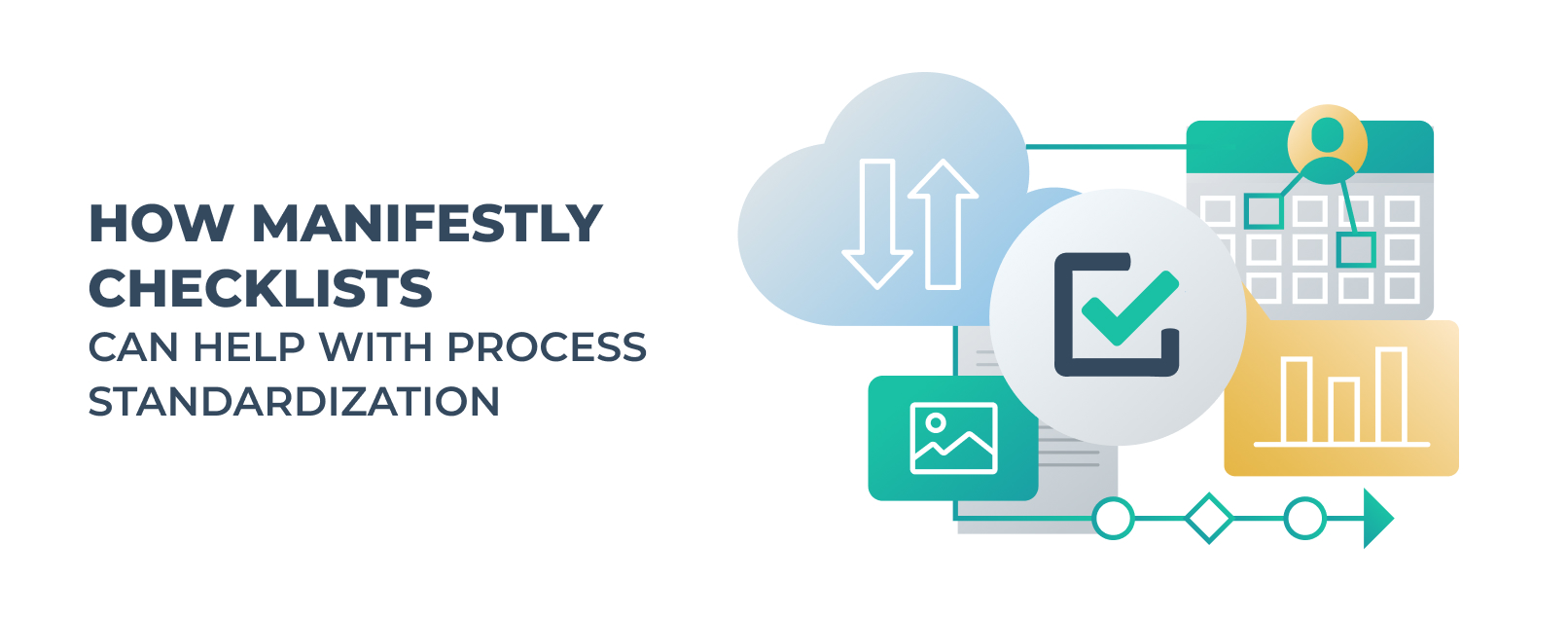
How Manifestly Checklists can Help With Process Standardization
-
A place to document, store, and organize your standard workflows
Our system is built to make your workflows easy to find, and easy to integrate with other systems through our open API and customizable web hooks. -
Manifestly ensures processes are followed and completed on time
Set role based assignments and relative due dates on steps so that everyone knows who is responsible and when tasks are due. -
Manifestly has a built-in process improvement process
Manifestly’s process improvement feature lets users of the workflows provide feedback on the process every time they use it. The feedback is stored and reported to admins as part of the Manifestly workflow reporting capability. -
Create process documentation right in your workflows
Embed videos, links, and images right within your workflows so that users of the workflow can understand exactly how the work should be done. -
Conditional logic to manage all your decision points
Using conditional logic, the same workflow can handle many different scenarios, simplifying your ability to standardize processes.
Conclusion
In conclusion, process standardization is an essential component of any organization’s quality strategy, especially organizations that are experiencing rapid growth. The benefits of process standardization can be realized in many ways, including improved efficiency, reduced waste, higher customer satisfaction and greater employee engagement. By clearly defining processes and documenting them using a visual tool such as a flow chart or process map, organizations can ensure that each step is performed consistently every time it is needed to complete the task at hand.

